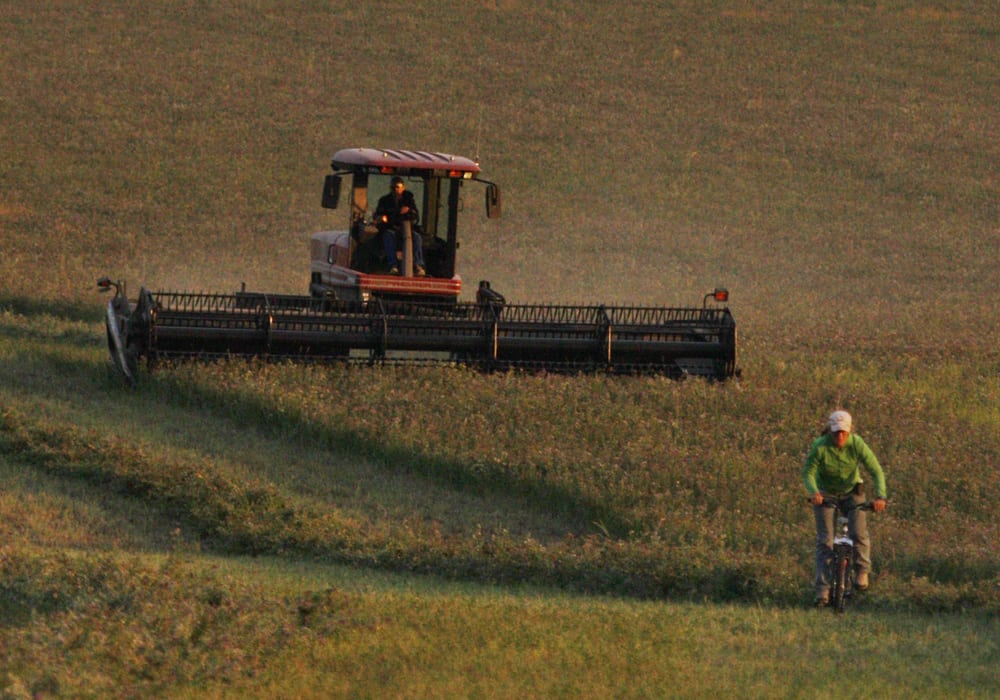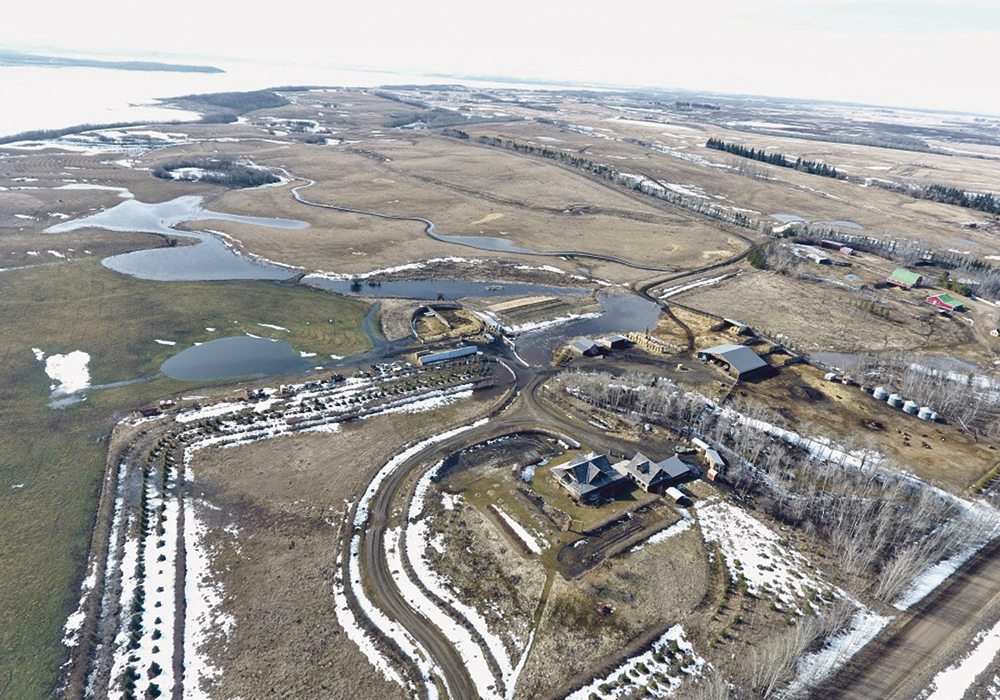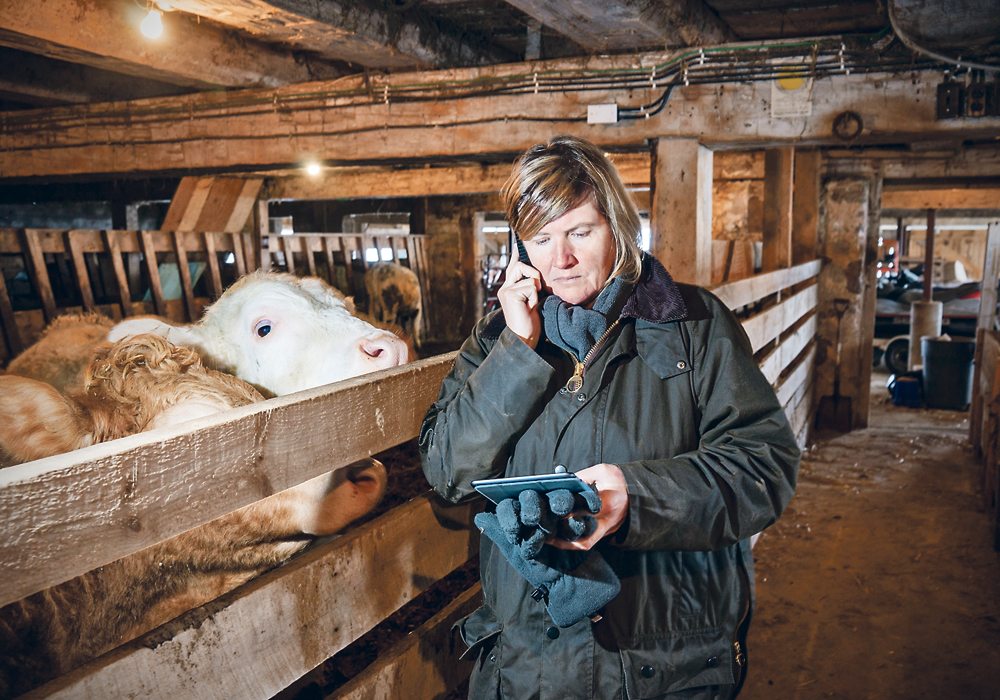When Ben Martens Bartel was a kid, it was no problem for him to bike to his neighbours’ farms to play.
It wasn’t very far. At the time, there were four occupied yards within three kilometres of his farm.
Fast forward three decades. Today, there are only four yards within a 12-km radius of Martens Bartel’s place and none have children at home, many are retired and the reality is that he’ll likely have fewer neighbours in the near future.
“In theory, I guess, my kid could bike over there, but it’d be a bit of a jaunt,” the 37-year-old says. Martens Bartel runs a mixed, almost story-book-like farm, with cows, chickens, pigs, and a market garden, near Lanigan, Sask. He and his wife, along with their three kids, live in the same yard as his parents on the original three quarter-sections owned by his grandpa. They moved from Winnipeg eight years ago, both itching to give their children the country upbringing they had loved.
Read Also

Proactive approach best bet with looming catastrophes
The Pan-Canadian Action Plan on African swine fever has been developed to avoid the worst case scenario — a total loss ofmarket access.
But, a lot has changed since his childhood.
“Part of the point is that you have a community, a neighbourhood of sorts, and it’s really gone. It’s not the same anymore.”
As of 2011, less than one in five Canadians lived in a rural area, but 100 years ago, that number was about one in two. Rural depopulation is not new in Canada, nor does it seem to bother anyone who hasn’t experienced it; who hasn’t seen the slow demise of a school, that for years, has hung onto a few dozen students; hasn’t seen child-birthing services move from five minutes away, to 20 minutes, to 45 minutes away?
Offering incentives to encourage urban people to try small town life is a challenge. One of the major problems is land access: any land available around farming communities is normally eaten up by large farms who can pay a premium for it. Another is lack of off-farm jobs, something most new (and many old) farmers need to survive.
Nearly 50 percent of Canadian farmers work off-farm, and one third work more than 30 hours a week at that job. But with schools closing, hospitals closing, businesses closing, it’s nearly impossible to find employment that pays above minimum wage, not to mention employment that fits within someone’s educational scope.
Before moving to her new farm near Canora, Sask., 38-year-old Stacey Wiebe worked for the school board in Vulcan, Alta. Since the move, she’s been full-time on the farm, working with both cattle and goats, and her husband works full-time off-farm, and it takes him an hour to get to and from work.
“It’s hard because there’s things I can’t do by myself and when he comes home I need help and he’s already put in a 10-hour day,” the mother-of-two says.
Wiebe describes herself as “not a people person,” so the quiet, country life suits her, but that doesn’t mean she doesn’t notice the empty storefronts and long commutes.
“Not everybody wants to be a farmer, and I get that, but I’m just not sure how you tell people to come and move out to the country,” she says. “Rural towns are dying. There’s no two ways about it.”
What we need in the Prairies, and in Canada at large, is a migration of young people to rural areas, and encouraging them to start small farms could help to reverse the waning population trends. Small farms are what bring the population up. They’re also what’s most accessible for new and young farmers.
“We need big, mid-size and small if you want to have a healthy agricultural economy,” Martens Bartel says. “You can have a bigger farm, or you can have neighbours. You can’t have both.”
Nikki Wiart is a new farmer living in Castor, Alta., writing when her garden, bees, chickens, and pigs allow.

















